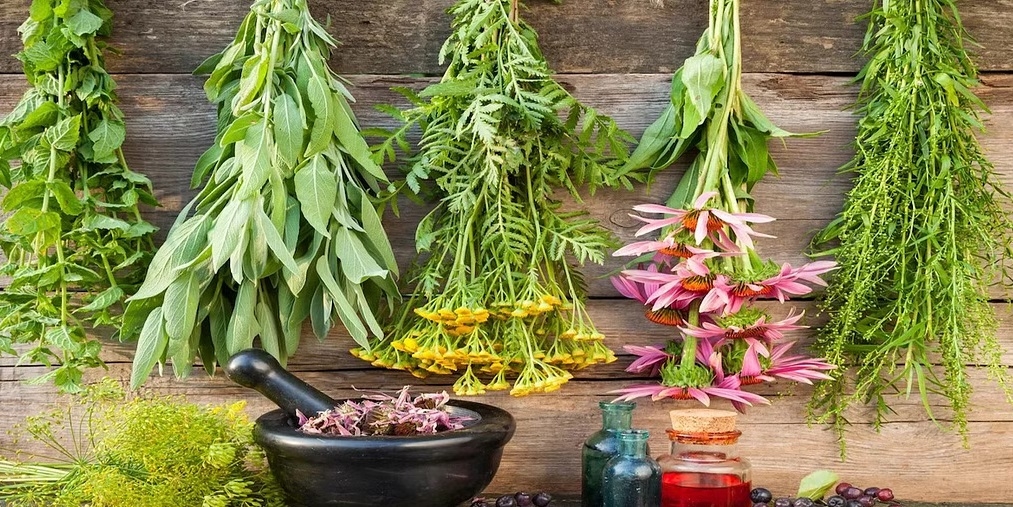New Delhi, May 27 (IANS) At least 400 medicinal plants have anti-diabetic properties that can control Type 2 diabetes, say researchers.
“There are at least 400 medicinal plants present in nature which can be effective in reducing the amount of sugar level in the blood which is necessary to control Type 2 diabetes,” said researchers from the Jawaharlal Institute of Postgraduate Medical Education and Research (JIPMER) in Puducherry and the All India Institute of Medical Sciences in Kalyani, West Bengal, in a study published in the World Journal of Diabetes.
“So far, studies have been done only on 21 herbal plants, including ‘vijayasar’, ‘jamun’, cumin, ‘neem’, ‘amla’ and turmeric, which have been found to have prominent anti-hyperglycemic action,” it said.
These medicinal plants have been the basis of many drugs to manage diabetes after analysing data available on PubMed while citing examples of herbal formulations like BGR-34 prepared by the Council of Scientific and Industrial Research (CSIR).
Marketed by AIMIL Pharmaceuticals, BGR-34 contains not one but many active compounds derived from four medicinal herbs namely ‘daruharidra’, ‘gudmar’, ‘methi’ and ‘vijayasar’.
“Apart from this, ‘giloe’ and ‘majeeth’ have also been added to increase immunity as well as anti-oxidants levels,” said Sanchit Sharma, Executive Director, AIMIL Pharmaceuticals.
Last year, a study by the AIIMS Delhi found that BGR-34 is effective not only in reducing sugar but obesity as well. This ayurvedic medicine also improves the body’s metabolic system.
The study titled ‘Treatment on Nature’s lap: Use of herbal products in the management of hyperglycemia’, also noted that though partial research has been conducted on eight plants, including pomegranate, ‘shilajit’, bean, tea, ‘ginkgo biloba’ and saffron which have shown anti-diabetic properties, more trials are needed.
“Interestingly, many allopathic drugs have herbal background,” the researchers noted, while citing examples of allopathic drugs like metformin for diabetes management, which is obtained from the Galega officinalis plant which was used to treat diabetes in the 19th century in Europe.
“Similarly, SGLT2 (sodium-glucose cotransporter-2) which is effective in treatment of diabetes, was manufactured after obtaining Phlorizin from the bark of apple tree,” they said, making a strong case for evidence-based trials in the natural products, which is “expected to open the door for the development of novel drugs in the modern management of diabetes in the future”.

